Gobëkli Tepe - Turkish Delight, or Turkey's Archaeological Turkey?
©Rae West 7th Feb 2013
This version slightly updated for spurious film set speculation 2016-09-18, 20 'Exorcist' suggestion 14 Dec 2020
[ Click for Index to all my general interest items collected in one file
Click for Home page of entire big-lies.org site ]
©Rae West 7th Feb 2013
This version slightly updated for spurious film set speculation 2016-09-18, 20 'Exorcist' suggestion 14 Dec 2020[ Click for Index to all my general interest items collected in one file
Click for Home page of entire big-lies.org site ]
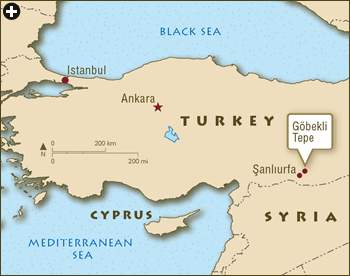
Map of Turkey, showing Gobëkli Tepe ^. (Çatal Höyük is far to the west, due north of Cyprus)

View of Pot Belly Hill ^
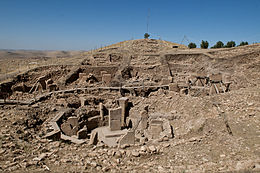
Gobëkli Tepe Excavations at Pot Belly Hill ^
Another possibility: Çatal Höyük (an archaeological site, not a person—Googling catal huyuk will find it) became famous world-wide from about 1960mdash;Mohenjo Daro in what's now Pakistan was media-promoted beforehand—and may have suggested—particularly to an envious, cunning mind—or perhaps a shrewd mind, one that noticed the gullibilities and animosities between official experts and hangers-on—that another site could be conjured up. If so, a cover story may have been needed: perhaps a Hollywood set? All that would be needed would be a year or so to cut the stones, decorate them, and instal them by crane, then fill in with rubble to crudely suggest seating etc. Finally, the Hollywood film could be said to have been cancelled, and the whole thing covered, with some thought to making it seem old, but not too hard to rediscover. Evidence in the quarry would need to be removed—paper scribbles giving the rough heights and dimensions could not be left lying around.
If I'm right, I'd guess this is the first large-scale archaeological fake.
People new to the subject of fakes (especially where there's a huge financial incentive, as with e.g. Greece and Italy in the 'grand tour' era, and modern Chinese faked fossils) might like my review of Mark Jones: Fake? Art of Deception published by the British Museum Press.
Wikipedia is of course a notorious source of bullshit. Here's what they claim for the Gobekli Tepe site. Note that the site is nine miles (not a huge distance) from a long-established significant town close enough for truckloads of building material.
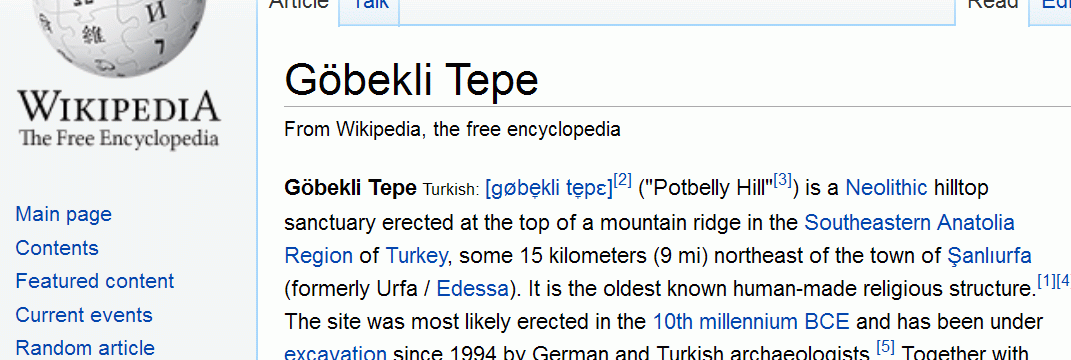
National Geographic is a rather longer-established source of bullshit. Here's what they claim. Remember the National Geographic went along with the NASA moon landing fraud (see 1969 issues, and a few later years) and other frauds, e.g. a supposedly newly-discovered tribe. Quite apart from pseudoscientific articles for example on biology. And numerous political scams.
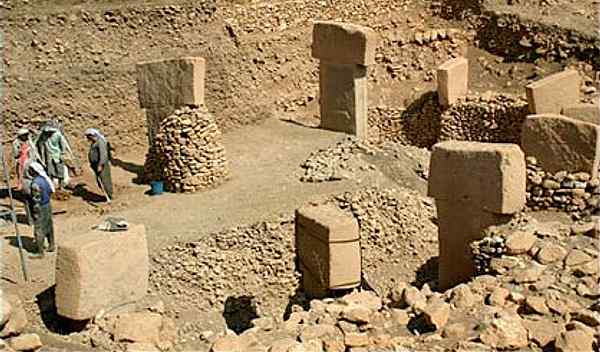
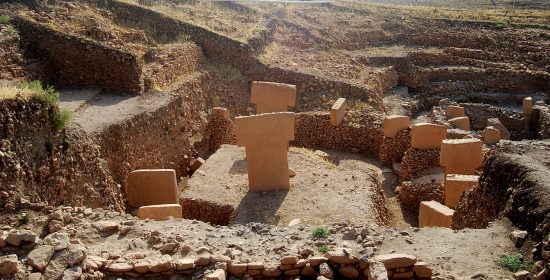
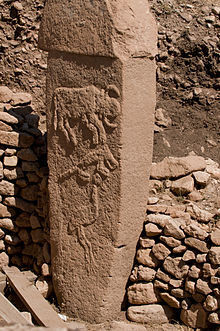
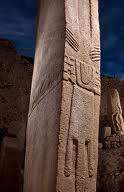
• The stone uprights are T-shaped, suggesting they were designed for placement by cranes or at least ropes.
• The uprights are narrow, suggesting mass produced cutting with modern equipment.
• There's an absurd contrast between the finish of the stones and the surrounding area, both floors and walls being non-existent or badly-finished.
• Note the variety of iconography, some worn, suggesting amateur attempts to simulate ancient artefacts, some well-finished, some with modern motifs such as the straining arms and hands.
• The irregularity and poor arrangement of the uprights
• The avoidance of information: where would the stone have been quarried? Geological identification of stone is excellent. How can they be sure of the date, since there are no strata even remotely able to be dated?
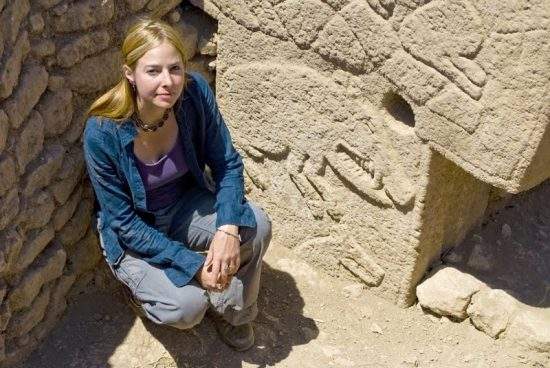
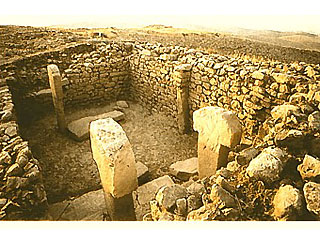
Click here to e-mail
To top of this page
Click for Index to all my general interest items collected in one file
Click for Home page of entire big-lies.org site
HTML Rae West - First upload 7th Feb 2013 (GMT)